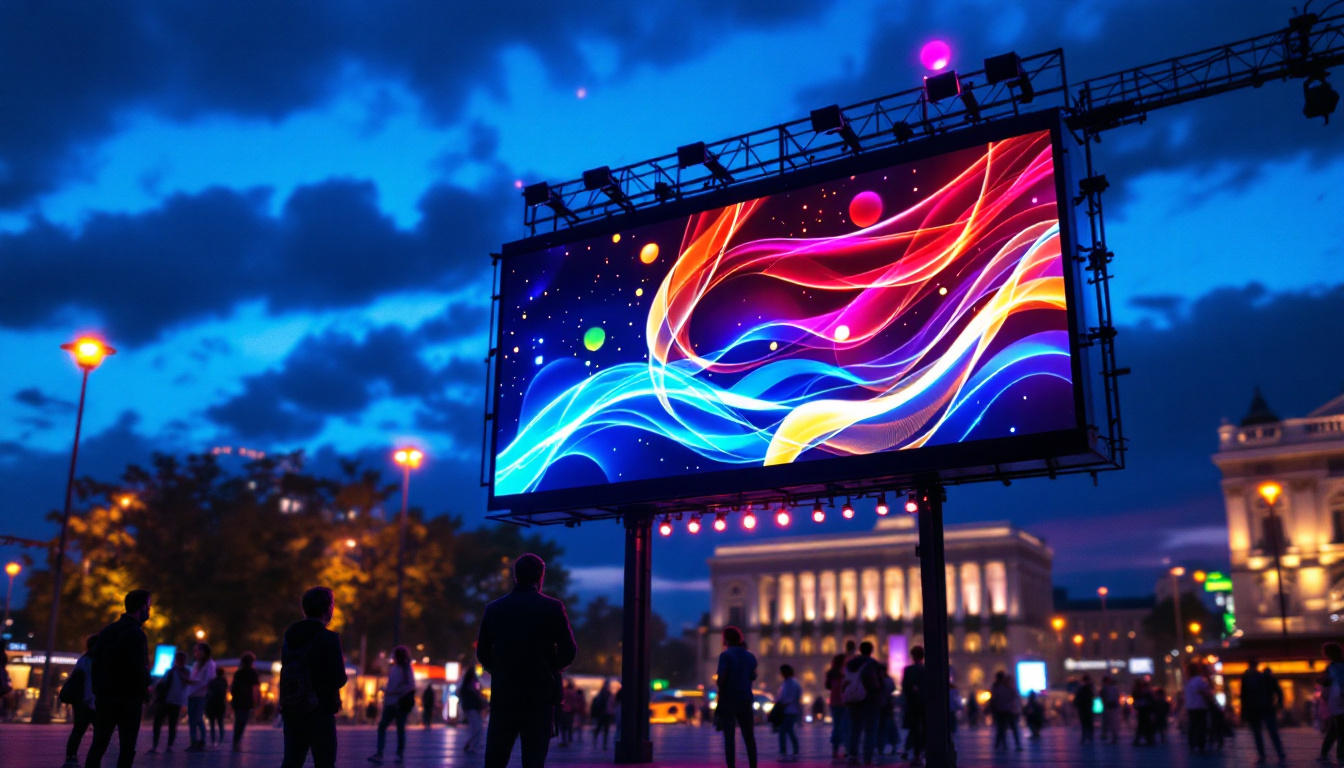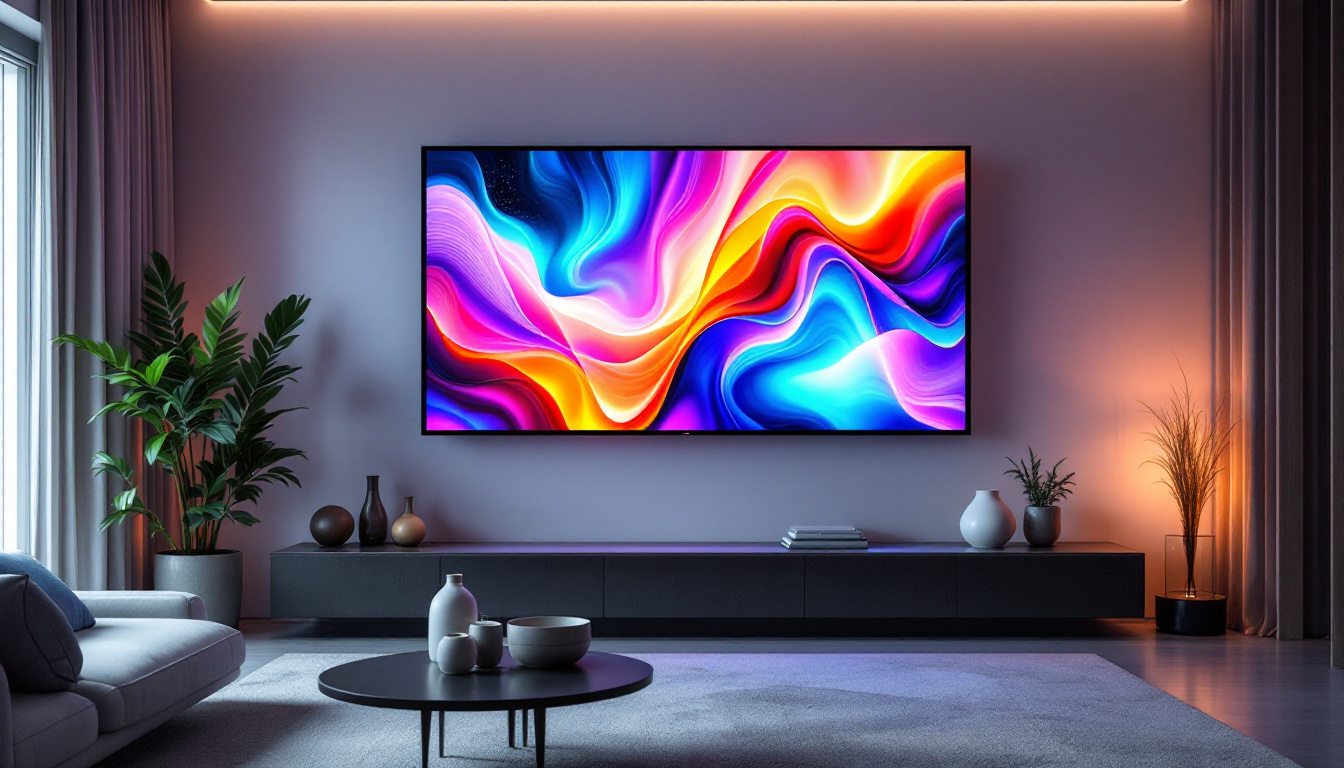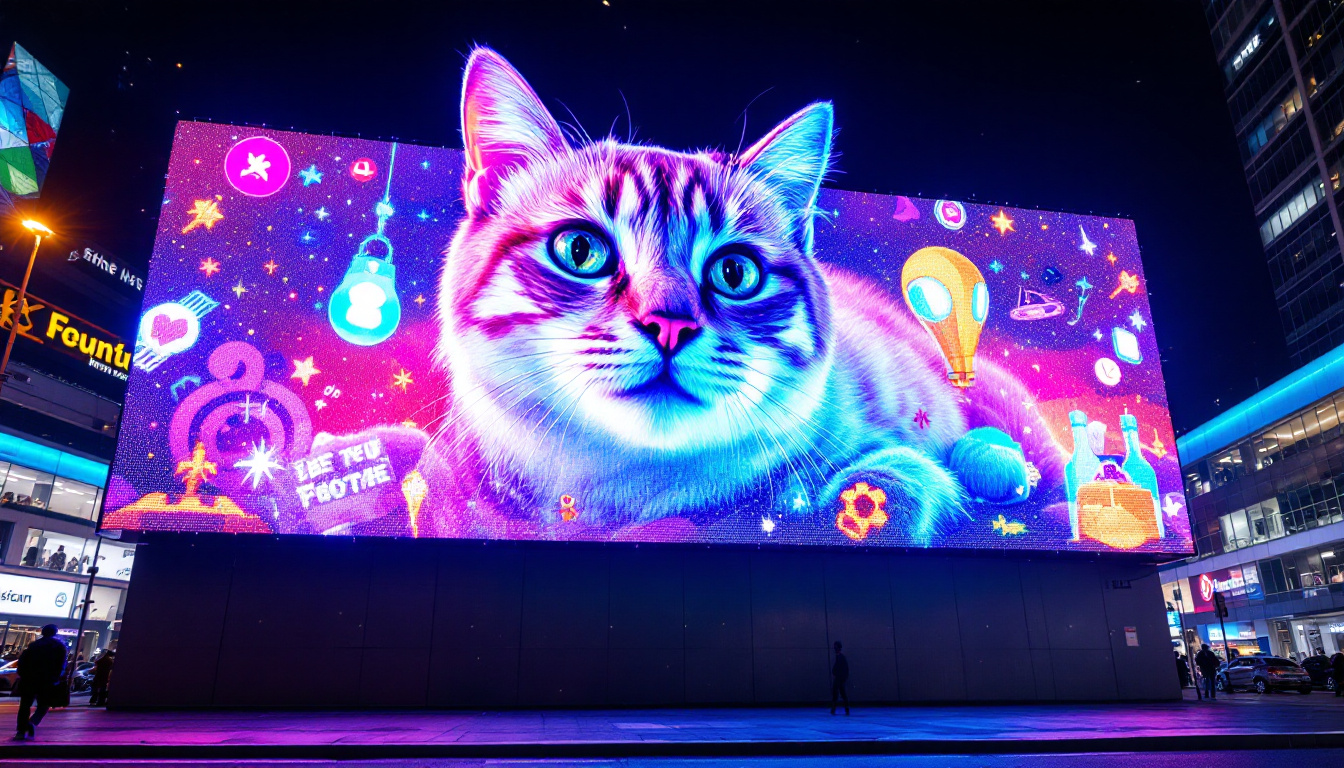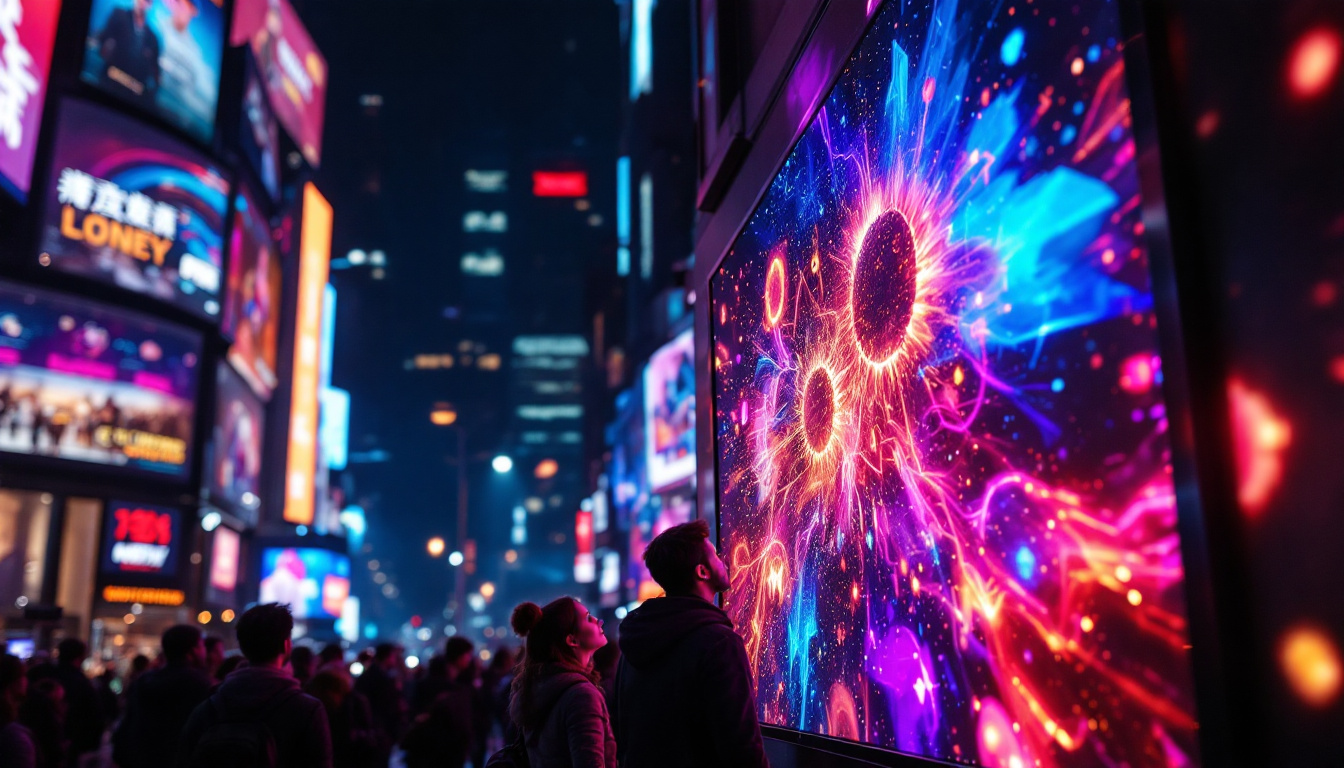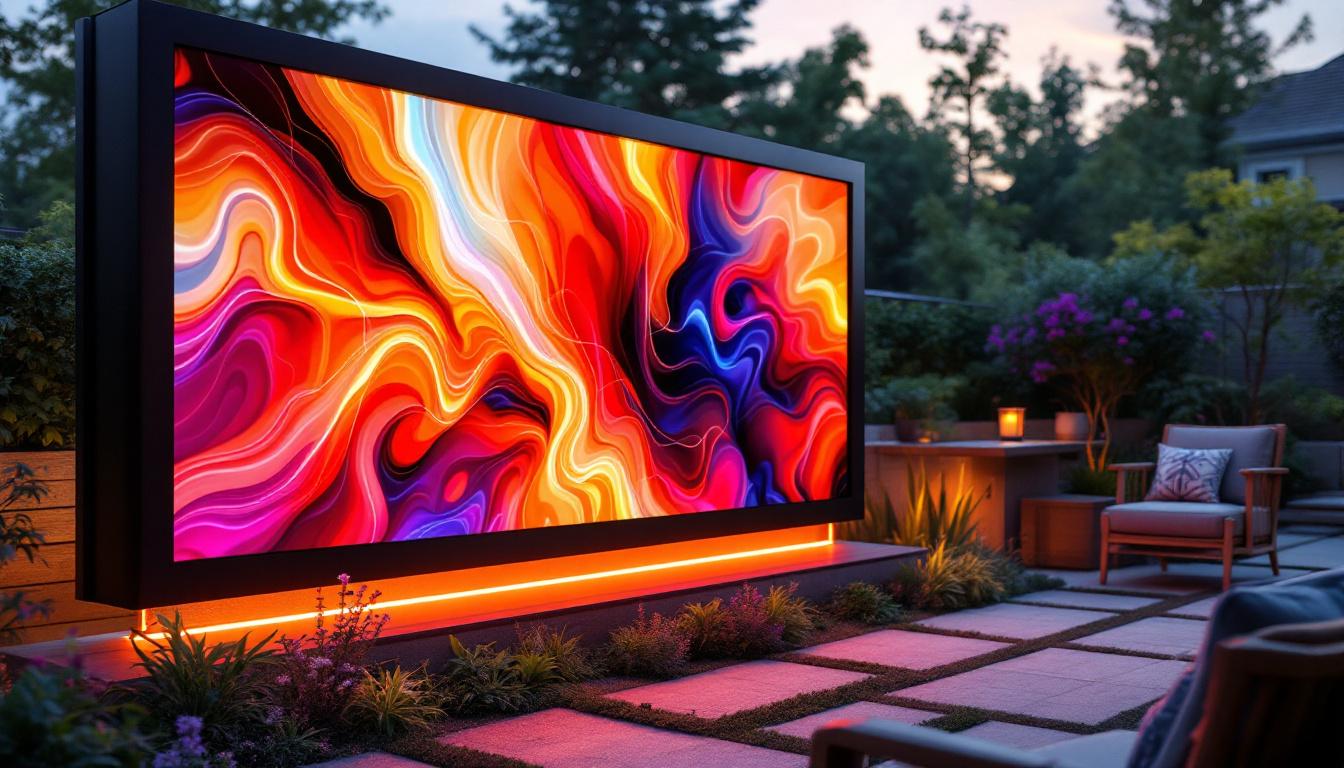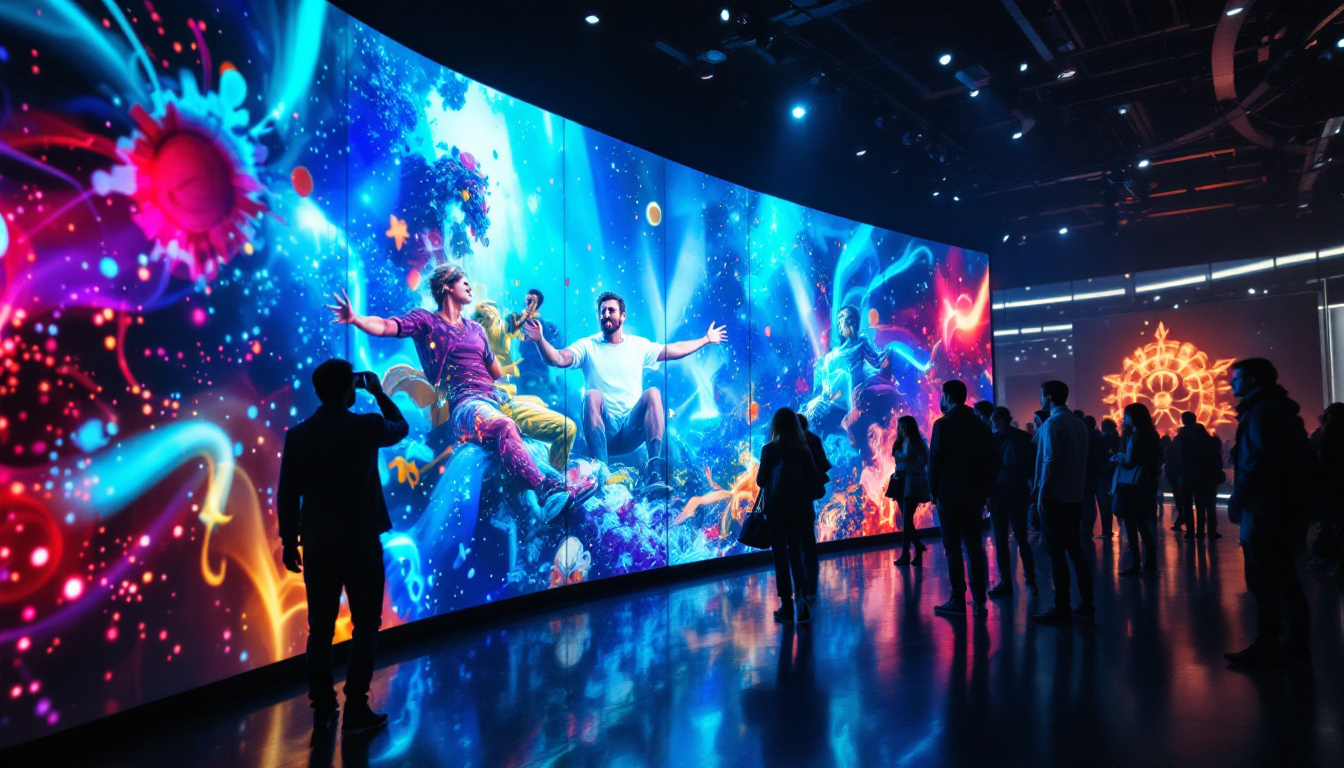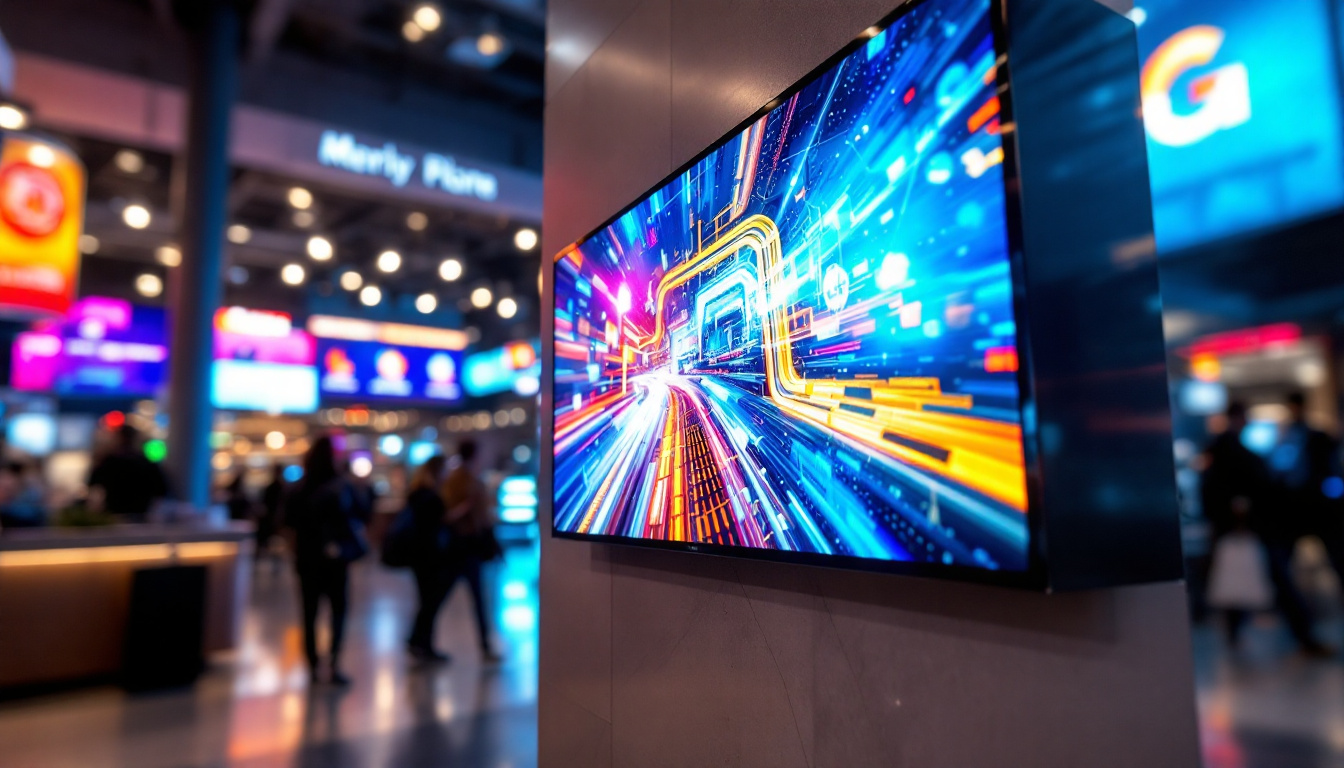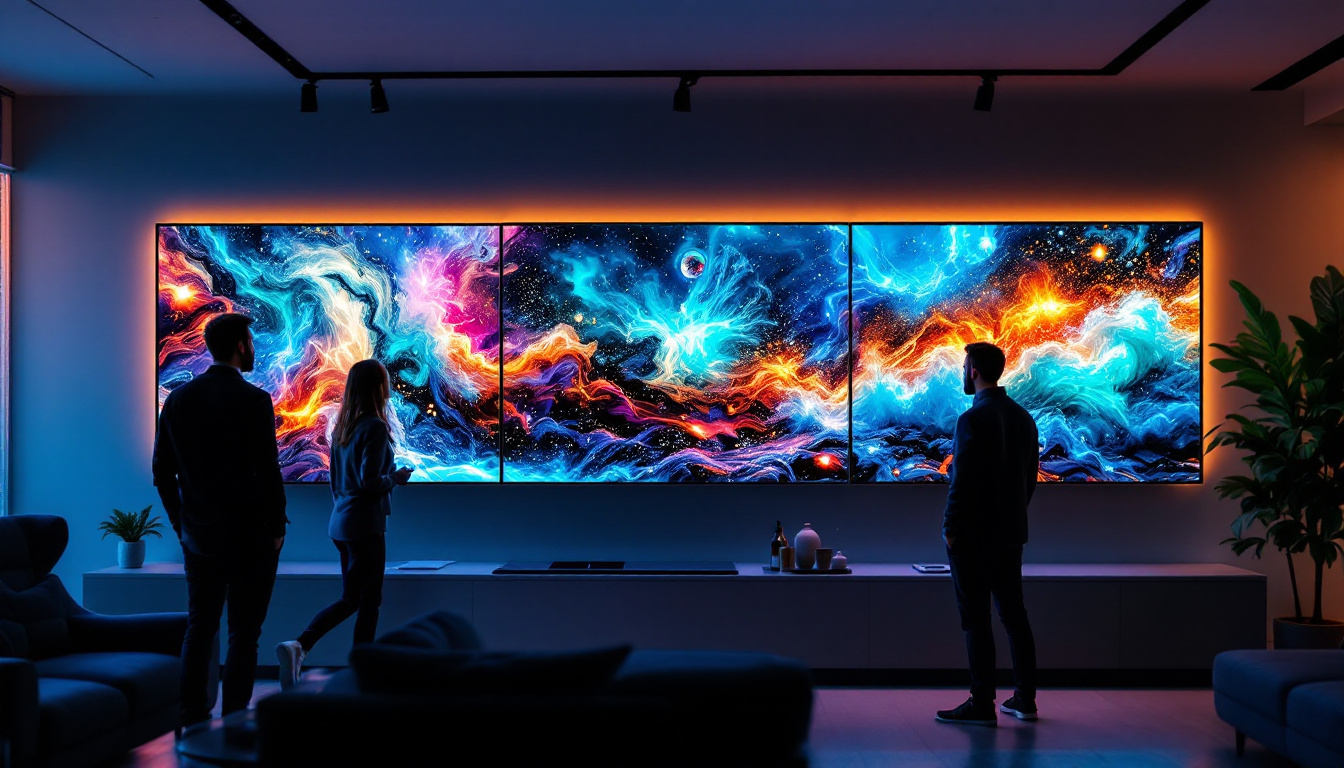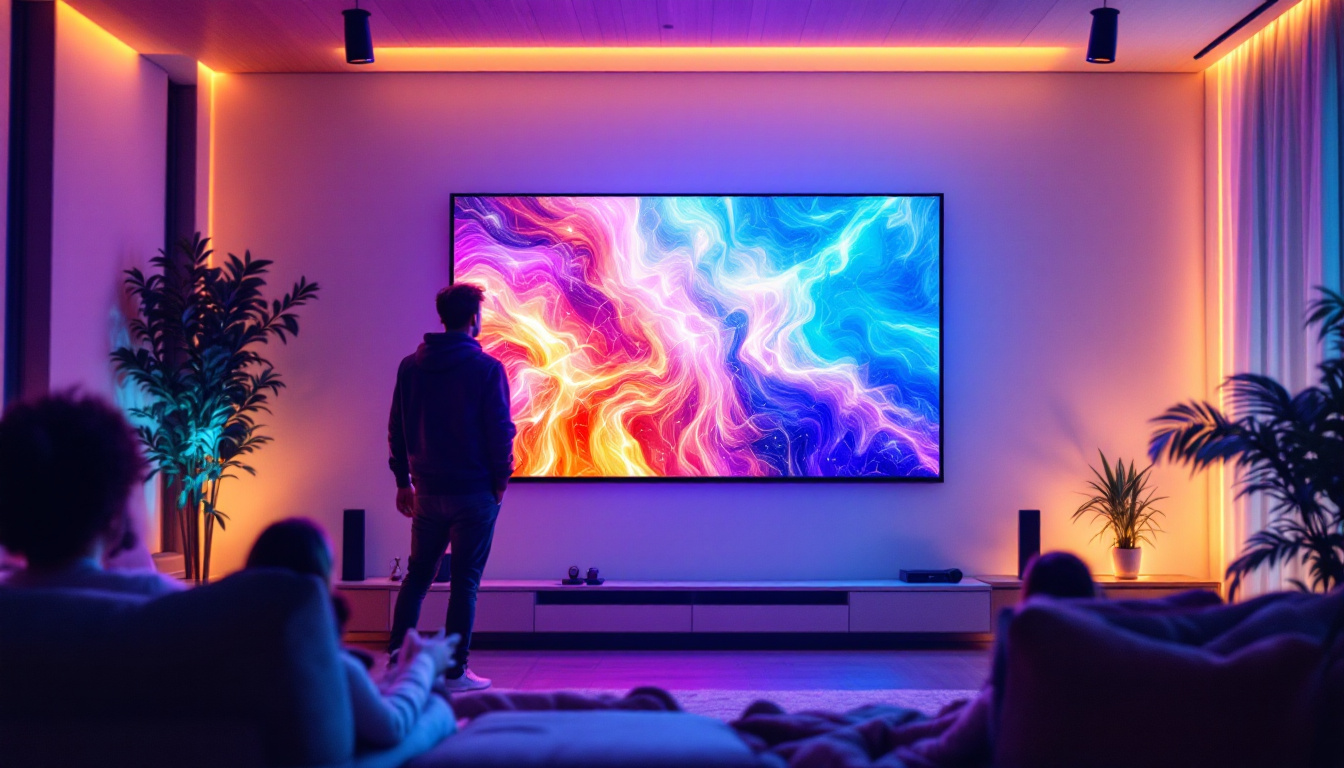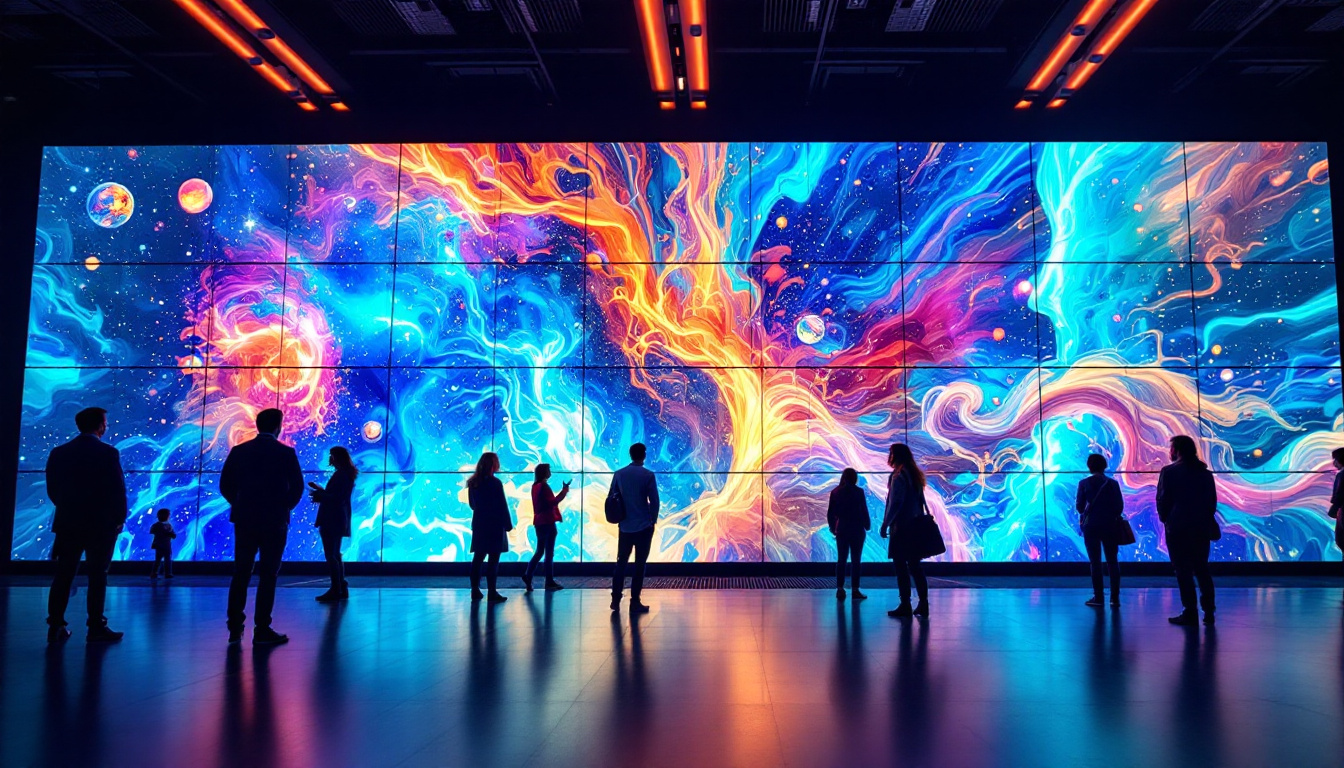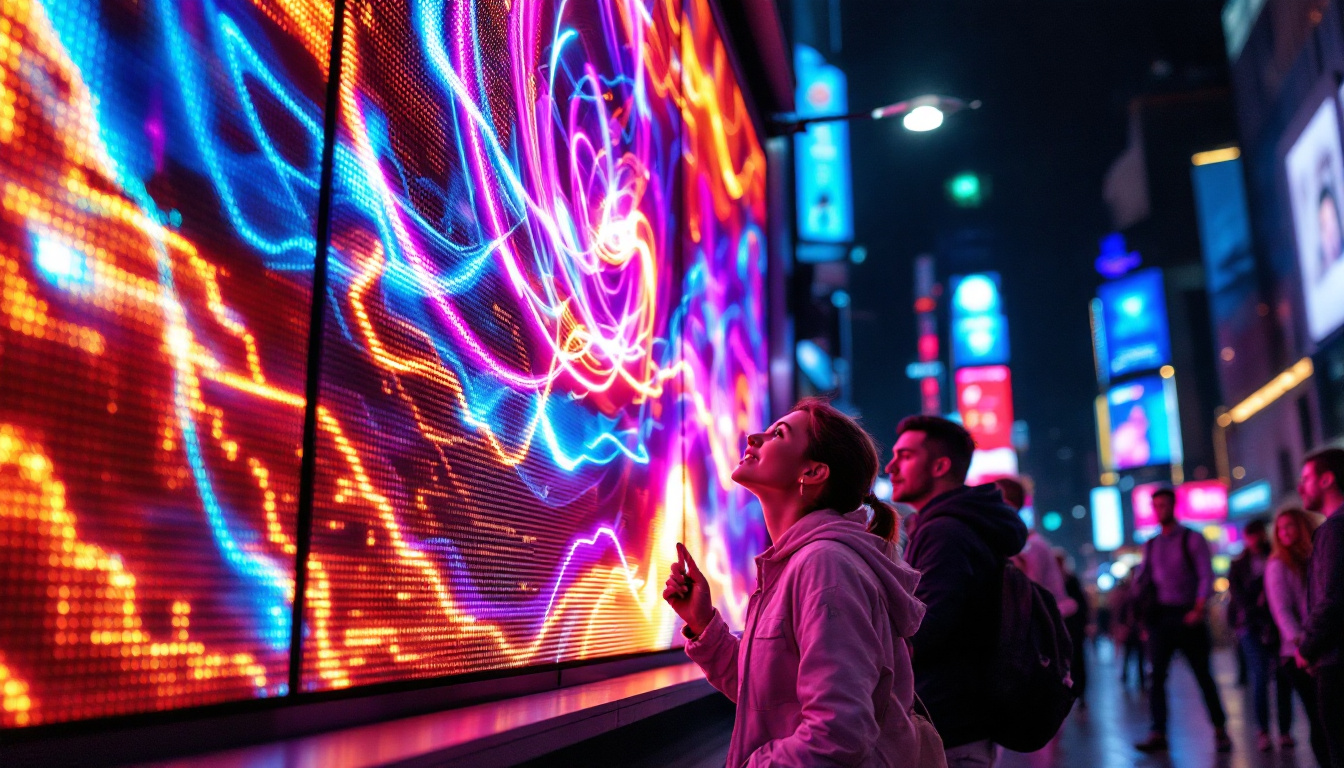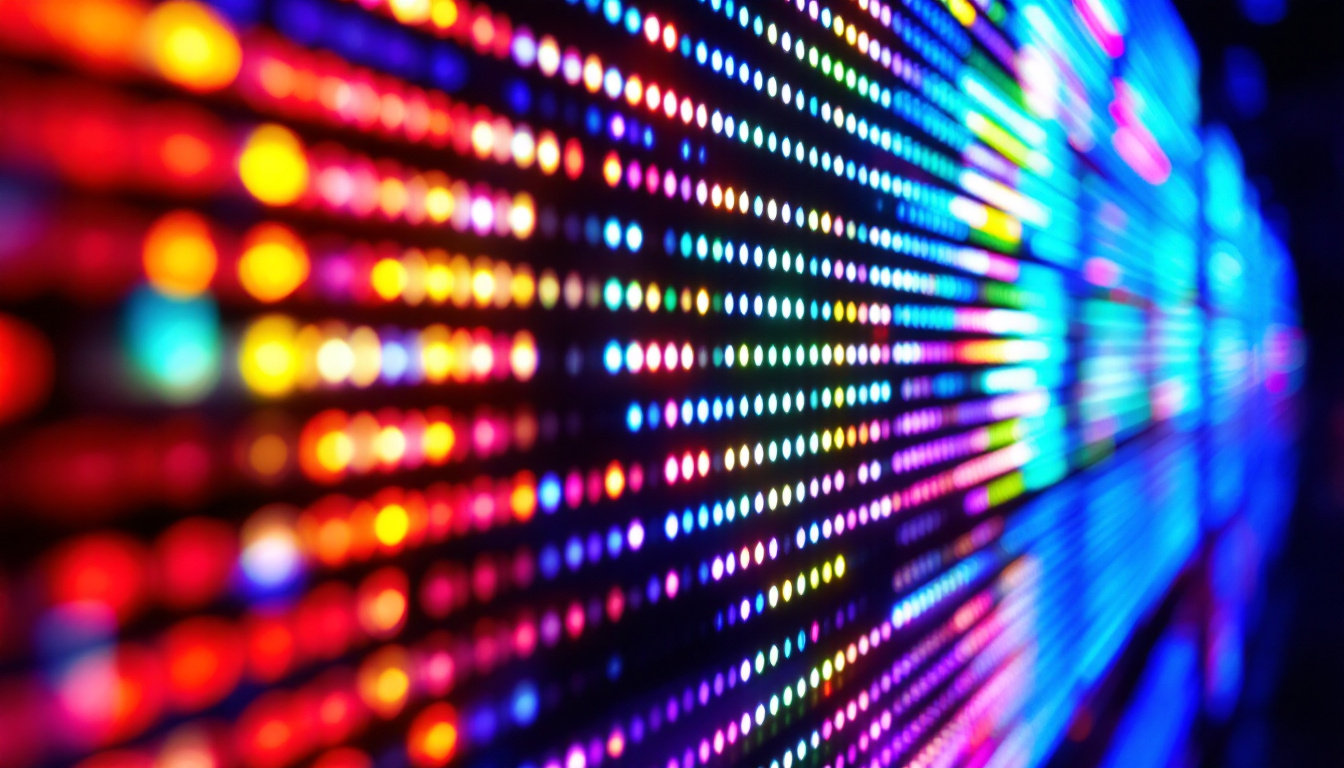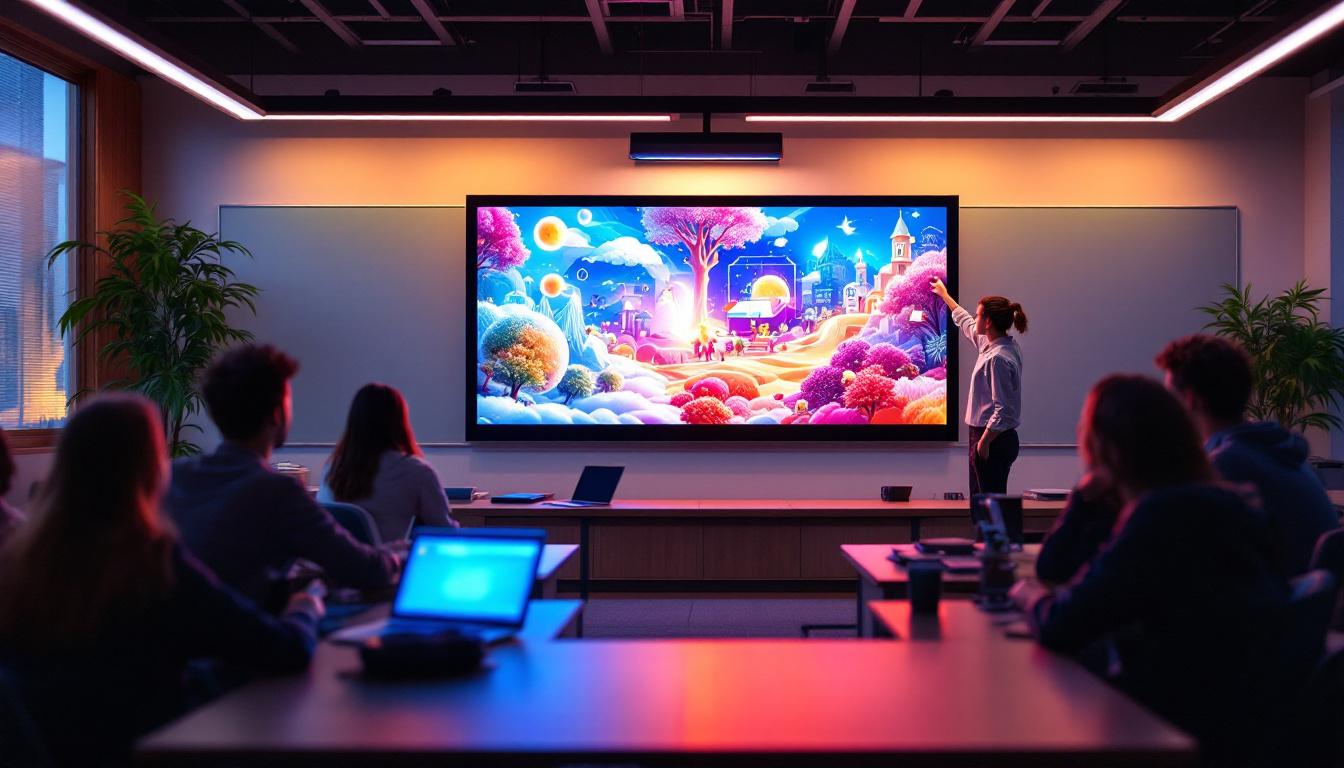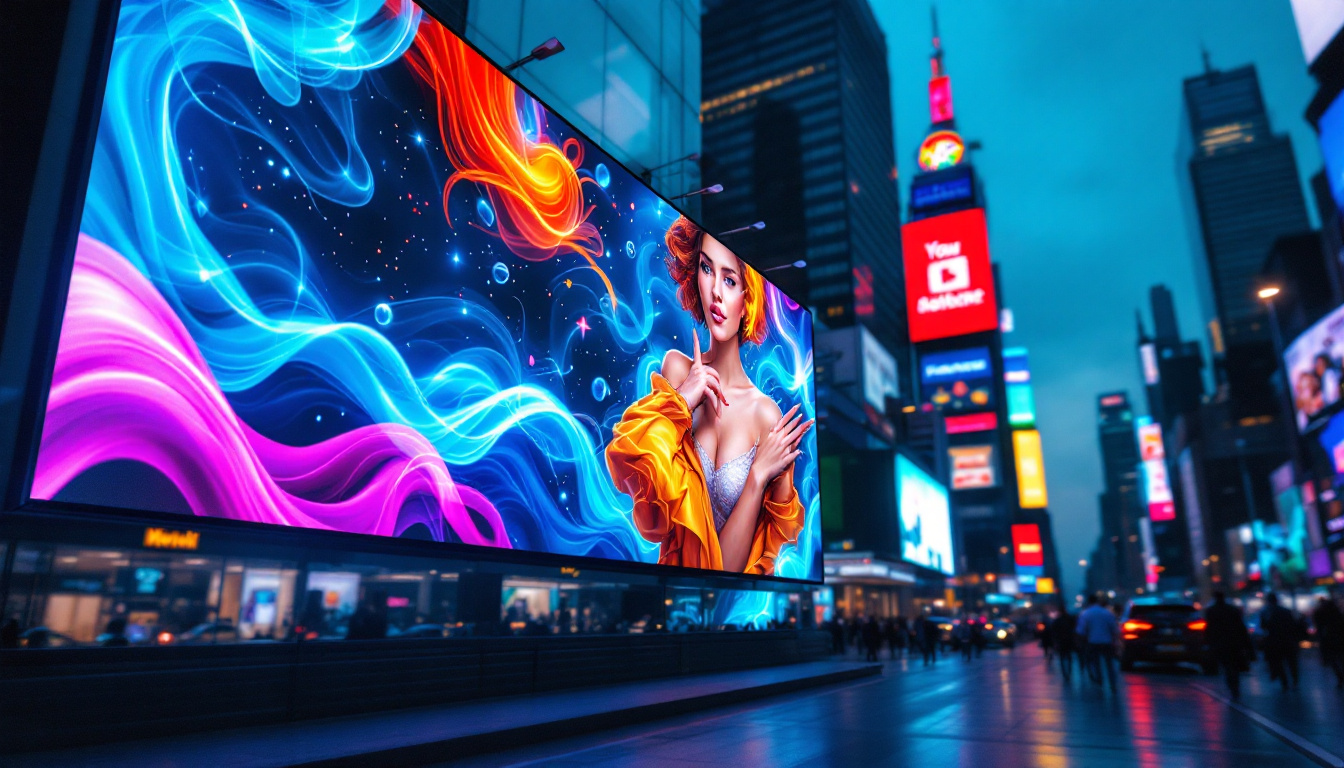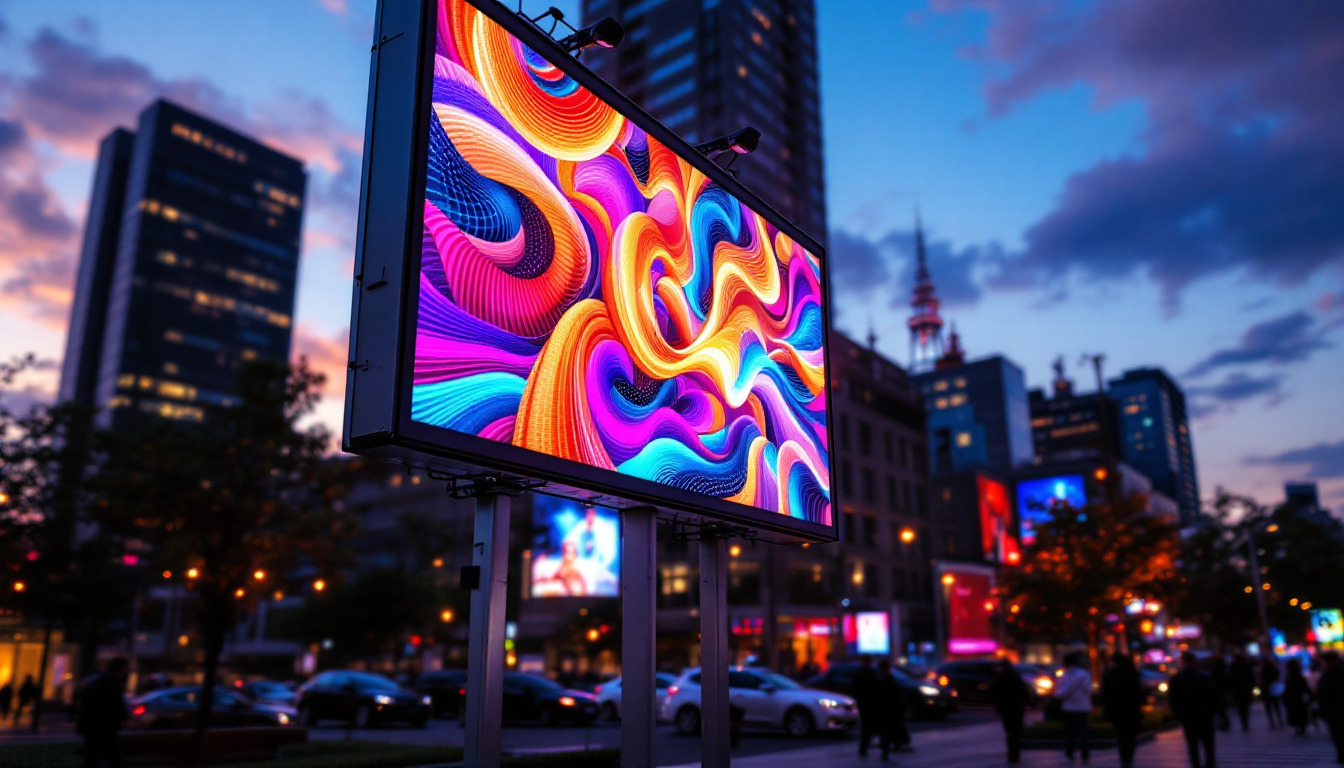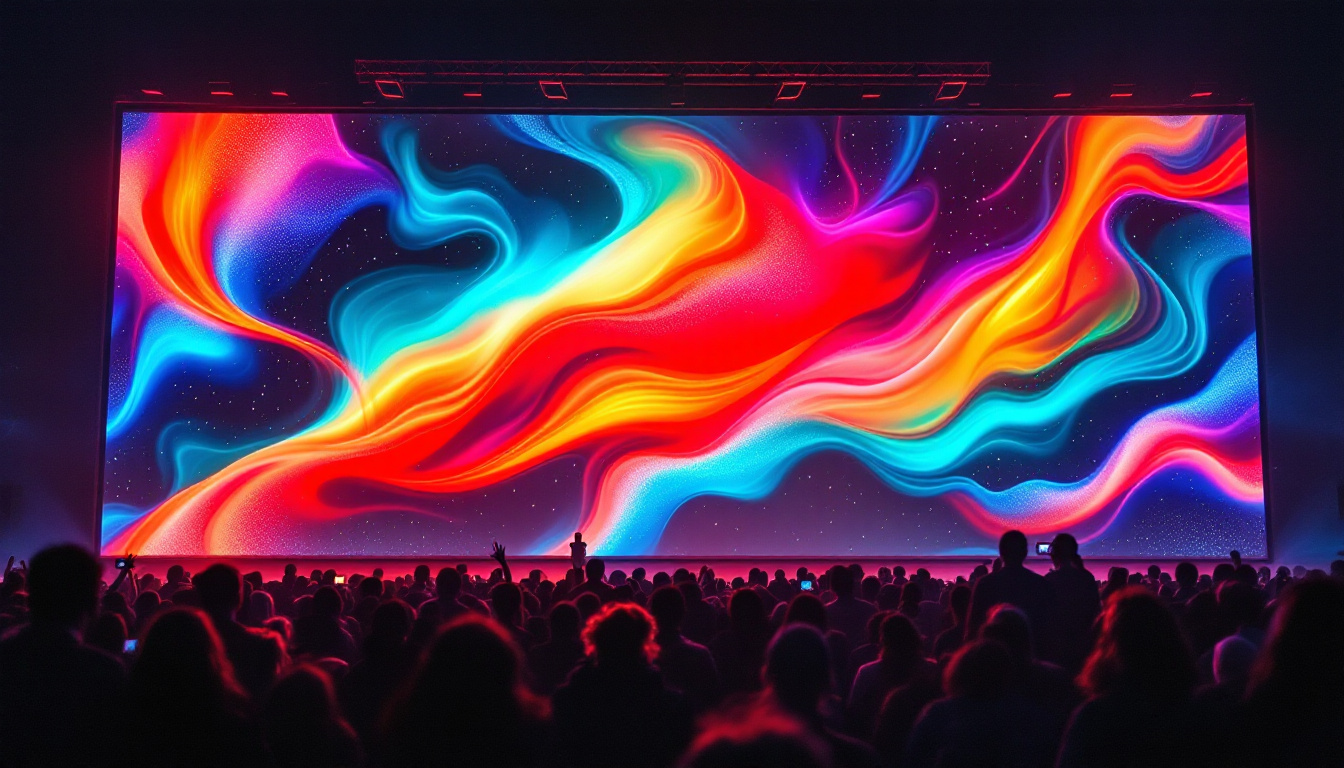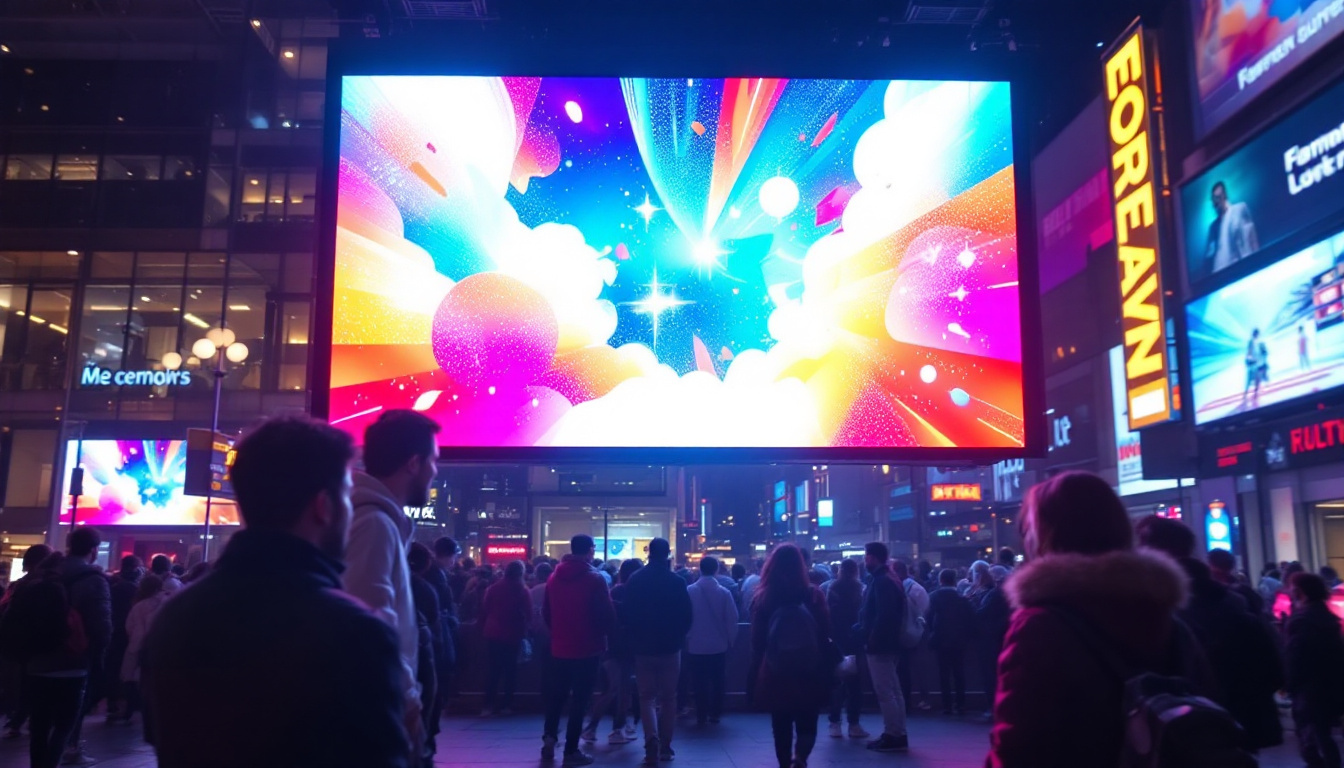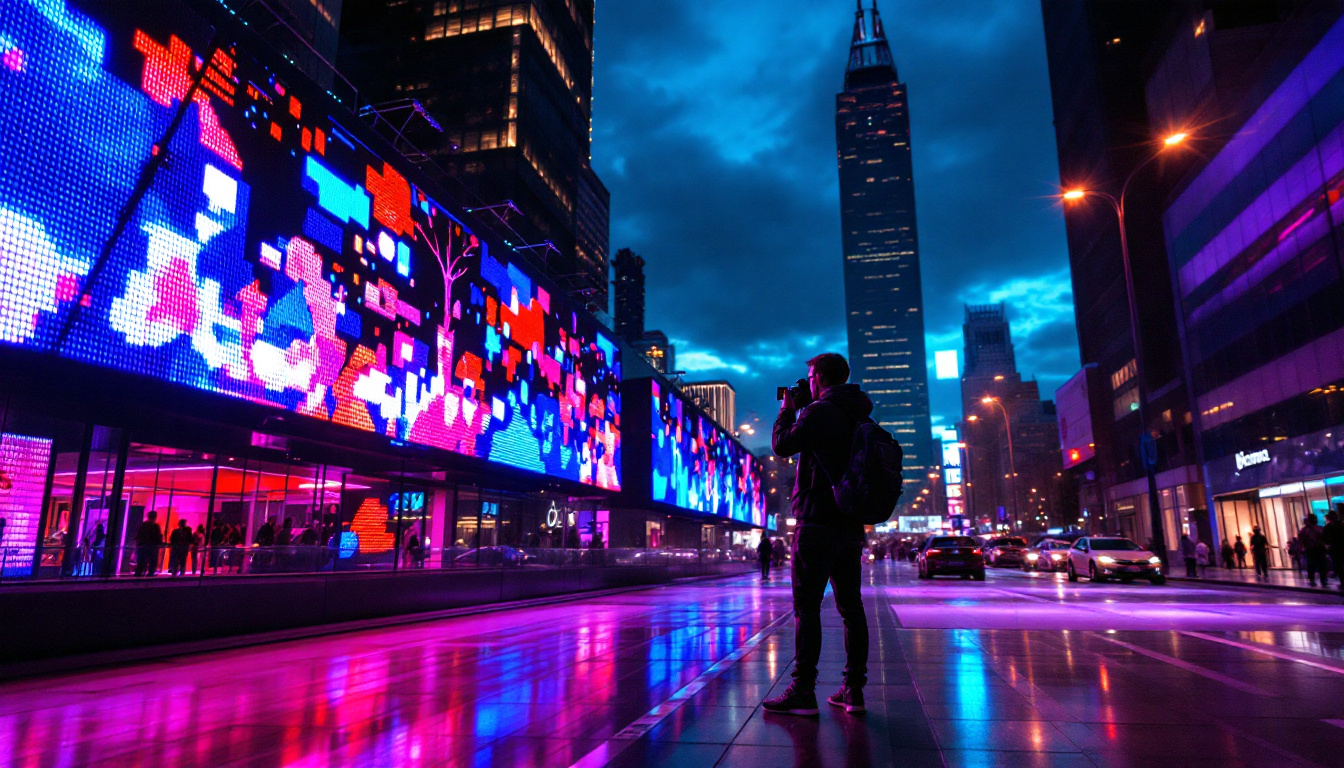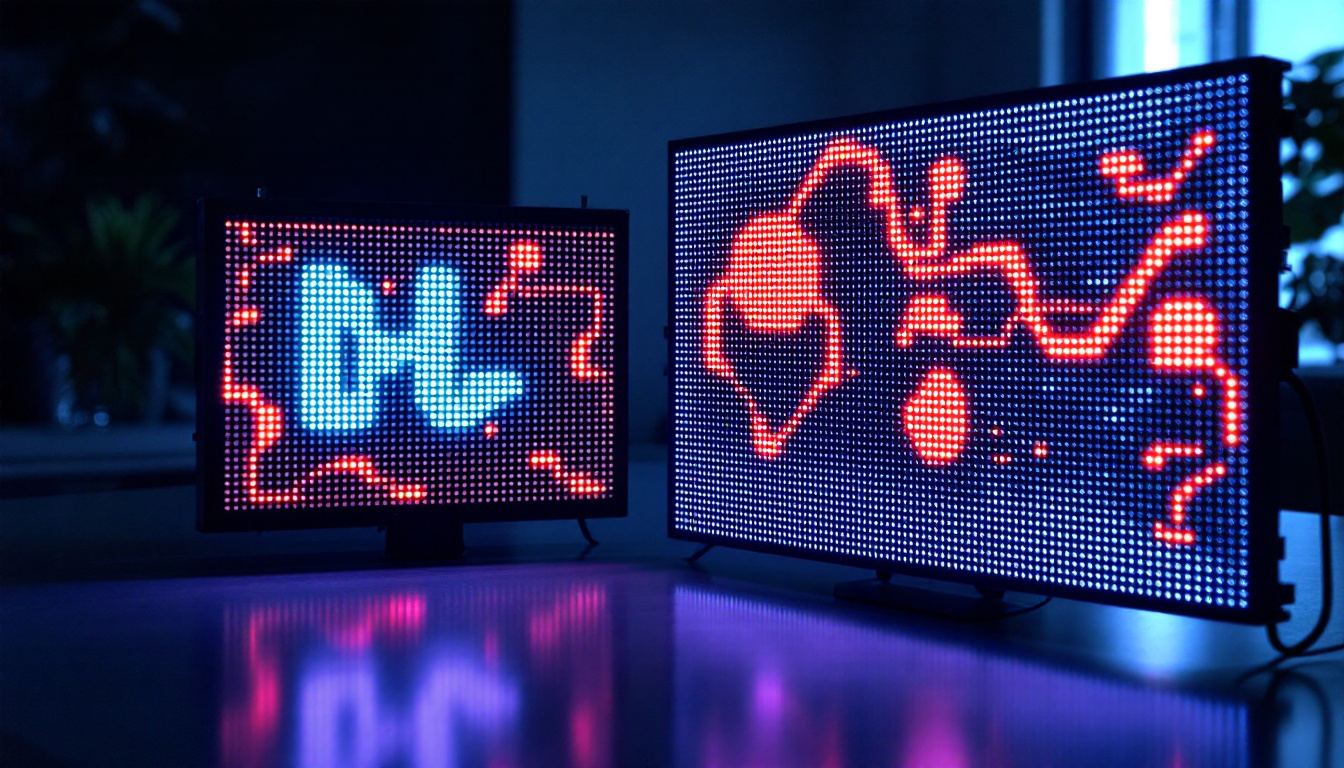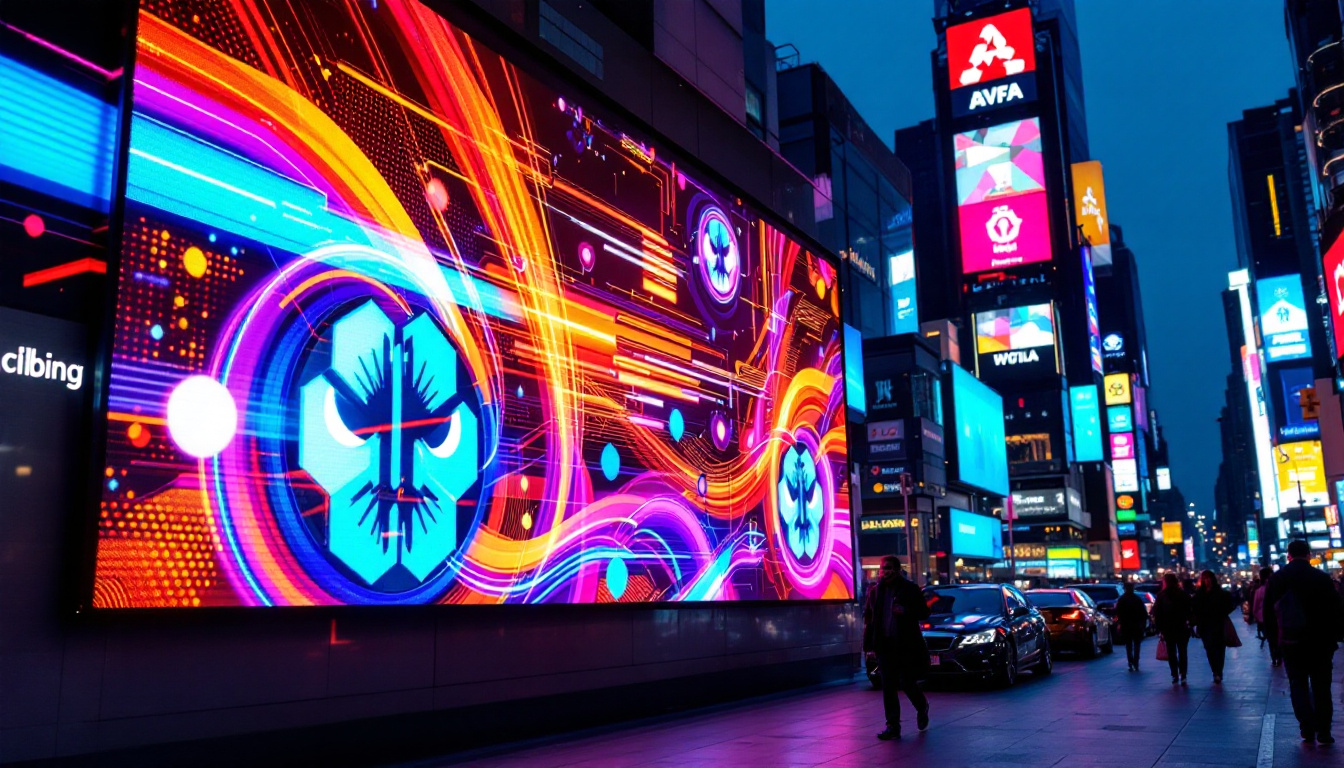In the modern world, outdoor advertising has evolved significantly, and one of the most prominent innovations is the LED display. These vibrant, eye-catching displays have transformed the way brands communicate with their audience. This article delves into the intricacies of outside standing lights with LED displays, exploring their technology, applications, advantages, and future trends.
Understanding LED Technology
Light Emitting Diodes (LEDs) are semiconductor devices that emit light when an electric current passes through them. This technology has revolutionized the lighting and display industries due to its efficiency and versatility. Since their inception, LEDs have transformed how we illuminate our spaces and convey information, becoming a cornerstone in modern electronics and design.
How LEDs Work
LEDs function based on electroluminescence, where electrons recombine with electron holes within the device, releasing energy in the form of photons. This process allows LEDs to produce bright light while consuming significantly less power compared to traditional lighting solutions. The efficiency of LEDs is not only beneficial for reducing energy costs but also contributes to their longevity, with many LEDs lasting up to 25,000 hours or more, far surpassing incandescent bulbs.
Moreover, LEDs can be combined in various configurations to create displays of different sizes and resolutions. The flexibility in design makes them suitable for both small-scale applications, such as indoor signs, and large-scale outdoor displays. This adaptability has led to their widespread use in everything from architectural lighting to automotive headlights, showcasing their ability to meet diverse lighting needs while maintaining high performance.
Types of LED Displays
Outdoor LED displays come in various types, each serving different purposes. The most common types include:
- Full-color LED Displays: These displays utilize red, green, and blue (RGB) LEDs to create a full spectrum of colors, making them ideal for dynamic advertising content. They are often seen in sports arenas and concert venues, where vibrant visuals can enhance the audience’s experience.
- Monochrome LED Displays: Typically used for simpler messages, these displays emit a single color, often red or amber, and are suitable for basic text or graphics. They are frequently employed in traffic signals and scoreboards, where clarity and visibility are paramount.
- Bi-color LED Displays: These displays can produce two colors, allowing for more versatility than monochrome displays while still being less complex than full-color options. They are commonly used in applications like public transportation signage, providing essential information to commuters in a straightforward manner.
In addition to these types, advancements in LED technology have led to the development of flexible LED displays, which can be bent or shaped to fit unconventional spaces. This innovation has opened up new possibilities for creative installations in art and architecture, allowing designers to push the boundaries of traditional display formats. Furthermore, with the rise of smart technology, many LED displays are now integrated with digital controls, enabling real-time updates and interactivity that enhance user engagement.
Applications of Outdoor LED Displays
Outdoor LED displays are increasingly popular across various sectors due to their ability to attract attention and convey messages effectively. Their applications are vast and varied.
Advertising and Marketing
One of the primary uses of outdoor LED displays is in advertising. Brands leverage these displays to showcase their products, promotions, and events in high-traffic areas. The dynamic nature of LED displays allows for changing content, which can be updated in real-time to reflect current marketing campaigns.
Moreover, the bright and vibrant colors of LED displays can capture the attention of passersby, making them more effective than traditional billboards. The ability to display video content further enhances engagement, allowing brands to tell stories and connect with their audience on a deeper level.
Public Information Displays
Beyond advertising, outdoor LED displays serve essential roles in public information dissemination. They are commonly used for displaying real-time information such as weather updates, traffic conditions, and emergency alerts. These displays can be found in various locations, including transportation hubs, city squares, and stadiums.
By providing timely and relevant information, LED displays contribute to public safety and awareness, helping communities stay informed and prepared.
Entertainment and Events
Outdoor LED displays play a crucial role in the entertainment industry, especially during concerts, festivals, and sporting events. They are often used as large screens to broadcast live performances, highlight reels, and audience interactions.
The immersive experience created by these displays enhances the enjoyment of events, allowing attendees to feel more connected to the action, even from a distance. Additionally, they can be used for promotional purposes during events, showcasing sponsors or upcoming attractions.
Advantages of Outdoor LED Displays
Outdoor LED displays offer numerous advantages that make them an attractive option for businesses and organizations. Understanding these benefits can help in making informed decisions regarding advertising and communication strategies.
Energy Efficiency
One of the most significant advantages of LED technology is its energy efficiency. LED displays consume considerably less power than traditional lighting solutions, leading to reduced electricity costs. This efficiency not only benefits the environment but also allows businesses to allocate their resources more effectively.
Furthermore, the longevity of LED lights means that they require less frequent replacement, contributing to lower maintenance costs over time.
High Visibility and Brightness
Outdoor LED displays are designed to be highly visible, even in direct sunlight. The brightness of these displays ensures that messages are easily readable from a distance, making them ideal for outdoor environments. This high visibility is crucial for attracting attention in busy urban settings.
Additionally, advancements in LED technology have led to improved brightness levels and contrast ratios, enhancing the overall visual experience for viewers.
Durability and Weather Resistance
Outdoor LED displays are built to withstand various environmental conditions. They are typically designed with weather-resistant materials, making them suitable for rain, snow, and extreme temperatures. This durability ensures that the displays maintain their functionality and appearance over time.
Investing in a robust outdoor LED display can lead to long-term savings, as the need for repairs or replacements due to weather-related damage is significantly reduced.
Challenges and Considerations
While outdoor LED displays offer numerous benefits, there are also challenges and considerations that stakeholders must keep in mind. Understanding these factors is essential for successful implementation and operation.
Initial Investment Costs
The initial cost of purchasing and installing outdoor LED displays can be substantial. Depending on the size and technology used, businesses may face significant upfront expenses. However, it is essential to consider the long-term savings associated with energy efficiency and reduced maintenance costs.
For many organizations, the return on investment can justify the initial expenditure, especially when considering the potential for increased visibility and customer engagement.
Regulatory Compliance
Outdoor advertising is subject to various regulations, which can vary by location. Businesses must ensure that their LED displays comply with local laws regarding size, brightness, and content. Failure to adhere to these regulations can result in fines or removal of the display.
It is advisable to consult with local authorities and legal experts to ensure compliance before installation. Understanding the regulatory landscape can help businesses avoid potential pitfalls.
Content Management
Managing content for outdoor LED displays can be challenging, especially for organizations with multiple locations or rapidly changing promotions. Effective content management systems are essential for ensuring that displays are updated regularly and that the content remains relevant.
Investing in user-friendly software that allows for easy updates and scheduling can streamline this process, making it easier for businesses to maintain an engaging presence.
Future Trends in Outdoor LED Displays
The future of outdoor LED displays looks promising, with several trends emerging that are likely to shape the industry in the coming years. Staying informed about these trends can help businesses adapt and remain competitive.
Integration with Smart Technology
As smart technology continues to advance, outdoor LED displays are expected to integrate more seamlessly with digital ecosystems. This integration can enable real-time data analysis, allowing businesses to tailor their content based on audience behavior and preferences.
For instance, displays may utilize sensors to detect foot traffic and adjust their messaging accordingly, maximizing engagement and effectiveness.
Enhanced Interactivity
Future outdoor LED displays are likely to become more interactive, allowing audiences to engage with the content in real-time. This interactivity can take various forms, such as touchscreens, QR codes, or social media integration.
By fostering a two-way communication channel, businesses can create more meaningful connections with their audience, driving brand loyalty and enhancing customer experiences.
Focus on Sustainability
As environmental concerns continue to grow, the demand for sustainable solutions is becoming more pronounced. The outdoor LED display industry is likely to see an increased focus on eco-friendly materials and practices.
From energy-efficient designs to recyclable components, businesses that prioritize sustainability will not only appeal to environmentally conscious consumers but also contribute positively to the planet.
Conclusion
Outdoor LED displays have transformed the landscape of advertising and public information dissemination. Their energy efficiency, high visibility, and durability make them an attractive option for businesses looking to enhance their communication strategies.
While there are challenges to consider, the advantages often outweigh the drawbacks, especially when planning for the future. As technology continues to evolve, outdoor LED displays are poised to become even more integral to how brands connect with their audiences.
By understanding the intricacies of LED technology, applications, and emerging trends, businesses can leverage outdoor LED displays to their fullest potential, driving engagement and fostering lasting connections with their customers.
Illuminate Your Brand with LumenMatrix
Ready to elevate your outdoor advertising and captivate your audience like never before? Discover the innovative world of LumenMatrix LED display solutions. From mesmerizing Indoor LED Walls to dynamic Outdoor LED Displays, and from mobile Vehicle LED Displays to interactive Floor LED options, LumenMatrix offers a comprehensive range of products designed to revolutionize your visual communication. Embrace the future of digital signage with our Custom, All-in-One, and Transparent LED Displays, each crafted to deliver unparalleled engagement and clarity. Check out LumenMatrix LED Display Solutions today and transform your brand’s presence with cutting-edge technology.

